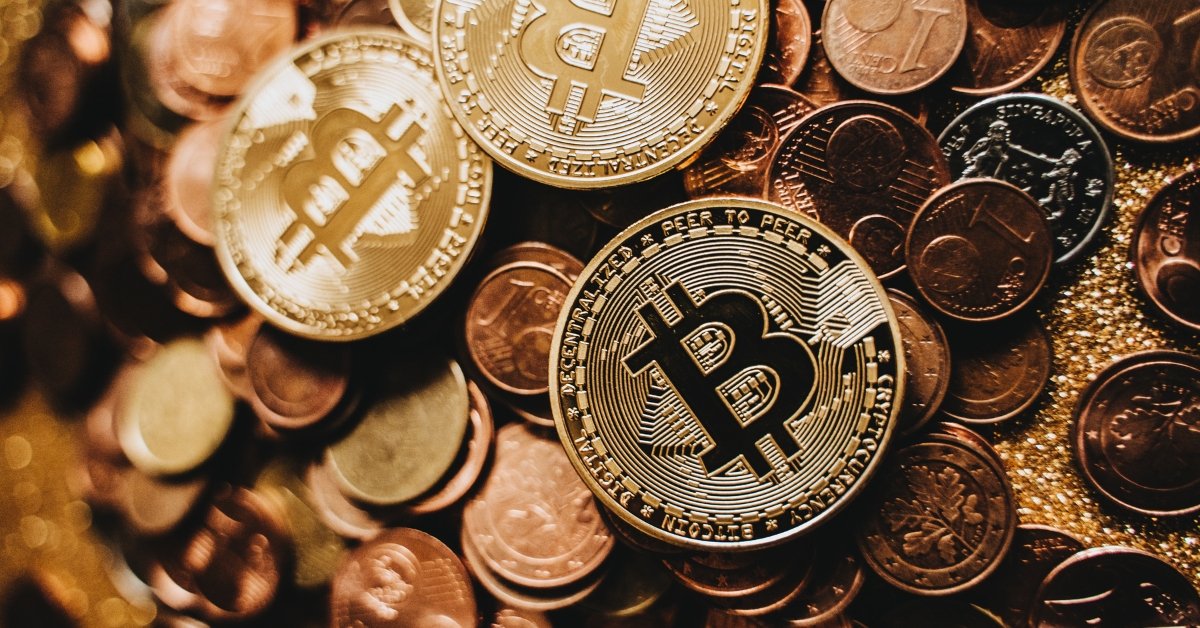Analyst predicts Bitcoin at $225,000 by 2026. Here is my take on Bitcoin’s growth, changing regulations, institutional backing, and why this could be possible.
Table of Contents
Could Bitcoin Hit $225,000 by 2026? Here is My Honest Take
Bitcoin is always making headlines, but lately, the hype has reached new levels. One prediction in particular caught my eye: Bitcoin could hit $225,000 by the end of 2026.
This bold projection comes from Mark Palmer, a well-known analyst at Benchmark Company.
When I first heard it, it seemed like another over-the-top claim.
However, looking deeper into his reasoning, I found much more going on here than just hype.
I wanted to share my thoughts on Palmer’s prediction and maybe help make sense of why $225,000 could be within reach for Bitcoin—what is driving it and what we should keep an eye on.
Why This Time Could Be Different for Bitcoin
Palmer has been involved in crypto and fintech for over a decade and has seen the ups and downs—like most of us following crypto.
However, this time, he says things are looking different. Moreover, I agree.
We have watched bad actors like Sam Bankman-Fried and FTX get removed from the system, which is already helping clean up the space.
What is more interesting is that we have a new government stepping in—President Donald Trump is back.
His administration has a different attitude towards crypto than the regulators.
There is even talk of appointing a “crypto czar” to oversee and promote crypto-related initiatives.
What this role will involve is still unclear, but they consider it a big deal.
It is a fundamental shift from when agencies like the SEC were hostile towards Bitcoin and other cryptocurrencies.
For me, having a supportive regulatory environment changes everything.
It means fewer unexpected crackdowns, a more straightforward path for growth, and more comfort for big investors to enter the market.
It is a massive signal that we might finally get the regulatory stability we need for Bitcoin to flourish.
Institutional Adoption: The Real Game-Changer
Institutional adoption—this is where I feel things get exciting.
Palmer argues that big institutions’ involvement will be key for Bitcoin to reach the $225,000 mark.
Moreover, I could not agree more.
Bitcoin has already gone through its early phases of “early adopters” and tech-savvy investors; now, it needs big money to move in to make this jump.
We are starting to see that happen.
One of the most recent examples is Wisconsin’s pension fund, which has added over $160 million in Bitcoin-related investments.
For me, this is a massive moment.
We are talking about a pension fund that typically sticks to conservative, stable investments.
The fact that they are getting into Bitcoin signals that they see long-term value and potential stability.
It is the ultimate endorsement from traditional finance.
Institutional interest brings legitimacy, liquidity, and much buying power.
If more funds, banks, and corporations see Bitcoin as a viable asset, this influx could be the catalyst to push Bitcoin’s price to new heights.
That “wall of money” could send Bitcoin to $225,000.
The Bitcoin Halving Effect: Scarcity Drives Value
Another key factor in this prediction is Bitcoin’s halving, one of its most remarkable design features.
Every four years or so, Bitcoin experiences a halving event, where the reward for mining new Bitcoin is cut in half.
What does this mean? Less new Bitcoin is being produced, which implies scarcity.
Palmer makes an excellent point about how significant price increases have followed halving events in 2012, 2016, and 2020.
It makes sense: when there is less supply, but demand stays strong or grows, the price rises.
The most recent halving took place in April this year, and if history repeats itself, we could see a significant price jump over the next 12 to 18 months.
This is what makes Bitcoin so interesting compared to traditional assets. While central banks worldwide are busy printing more money to address economic issues, Bitcoin is doing the opposite.
It limits its supply, creates scarcity, and provides a hedge against inflation.
If inflation continues to be a global concern, more people will likely consider Bitcoin an anti-inflation hedge, driving its value.
But There Are Still Risks—Let’s Be Real
While all this sounds fantastic, it is essential to be realistic.
Palmer also pointed out that Bitcoin remains a risky asset, which we must remember.
Bitcoin’s volatility is no joke—it behaves unpredictably, especially during financial stress or uncertainty.
Even if the future looks bright, it does not mean the journey to $225,000 will be smooth.
Bitcoin is still heavily influenced by market sentiment.
We have all seen it go from exhilarating highs to gut-wrenching lows within weeks.
For Bitcoin to truly reach and maintain that value, it will need continued institutional interest, supportive government policies, and a bit of luck regarding market conditions.
If you are thinking about investing in Bitcoin, it should be with money you are willing to lose.
It is not a “sure bet” by any means.
The potential for gains is enormous, but the risks are just as real.
The journey will have ups and downs—just as it always has with crypto.
My Honest Take: The Path Forward for Bitcoin
Is Bitcoin reaching $225,000 by 2026 possible?
Honestly, yes—I think it could happen.
The elements are all there: increasing institutional adoption, a favorable regulatory climate, and the halving effect, which has a proven history of boosting prices.
The difference this time is that serious institutional money is starting to step in, which adds stability and confidence.
Moreover, if governments worldwide begin to work with rather than against the crypto community, that could create the environment in which Bitcoin takes off.
That said, Bitcoin’s volatility is something we cannot ignore.
The road to $225,000 will only be with its dips and corrections.
For me, Bitcoin remains a long-term bet.
I believe in the technology and what it stands for—decentralization, scarcity, and an alternative to the traditional financial system.
If you are like me, you are here for the journey, not just the destination.
$225,000 by 2026 would be a fantastic milestone, but it is also about believing in the broader impact that Bitcoin and crypto could have on the future of finance.
So, while I am optimistic, I am also cautious.
We have a long way to go, but I am excited to see where it leads.
















